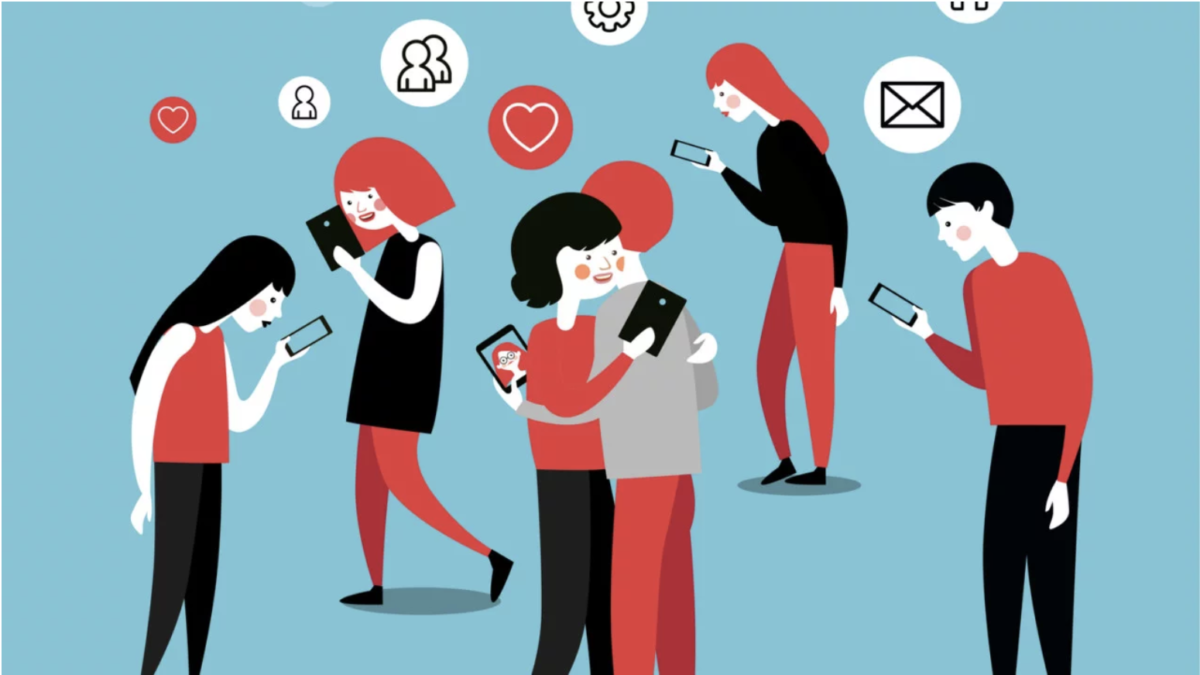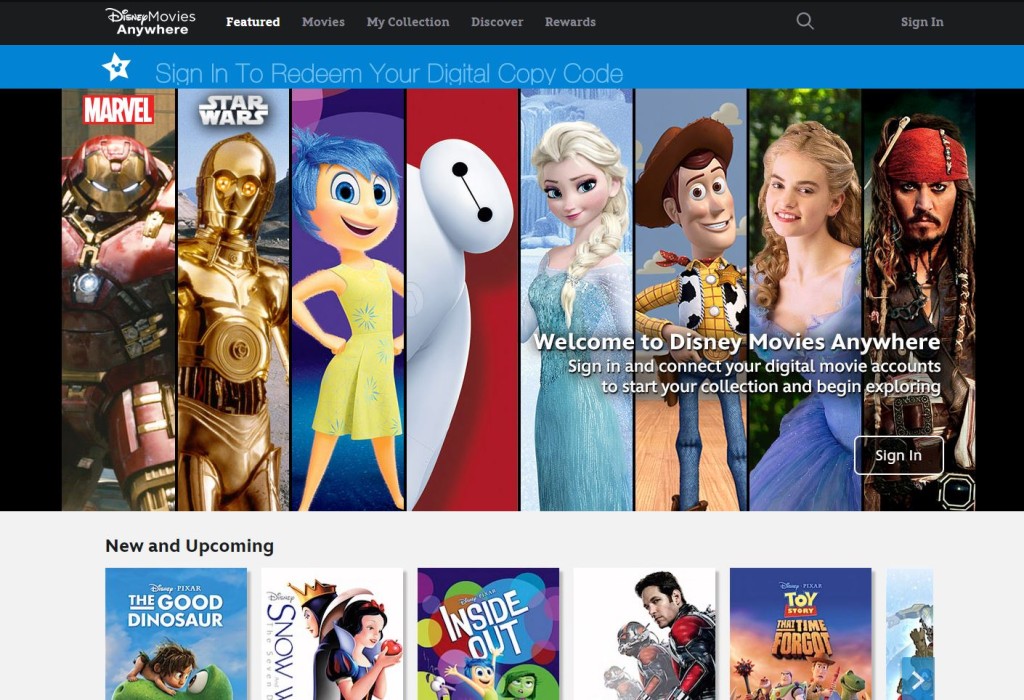An average person checks 110 times his phone on a day, with peak hours between 5 pm and 8 pm (Woollaston, 2013). That means you’ll consulting your smartphone nearly 40.000 times a year. Your phone will become your constant companion and trusty factotum – your teacher, secretary, confessor, guru. The two of you will be inseparable.
A recent essay of Nicholas Carr in the Wall Street Journal gives some troubling research about the impact of smartphone on our ability to concentrate (Carr, 2017).
The smartphone has become a repository of the self,” wrote Nicholas Carr “recording and dispensing the words, sounds and images that define what we think, what we experience and who we are.” For many, this is increasingly true (Wihelm, 2017)
The endless flow of information leads to a constant distraction of normal daily activities. And that’s fateful for the concentration, the stress arc and, above all, for the ability to consider something in peace, US technology commentator Nicholas Carr warns in his recently published book The shallow, how our brains deal with new media (Carr, 2017).
Our brain is being trained by the internet and new media to constantly shift attention. And it only stimulates superficial reflection. A growing number of Silicon Valley insiders — including Justin Rosenstein, who invented the Facebook “Like” button — are publicly pushing back against highly developed and intentionally addictive social-media apps that they compare to heroin (Lewis, 2017).
“When I read a book, my brain becomes after a page or 2 restless. My brains do not want to read anymore linearly, but are looking for a link that I can click on, “said Carr in March the Social Media Club Rotterdam (Carr, 2017). According to the technology commentator, it is widely used by iPhones, the Internet and other new media for a changing thinking pattern. Volatile and superficial. “The brain is physically adapting to new technologies.”
When we constrict our capacity for reasoning and recall or transfer those skills to a gadget, we sacrifice our ability to turn information into knowledge. We get the data but lose the meaning. Upgrading our gadgets won’t solve the problem. We need to give our minds more room to think. And that means putting some distance between ourselves and our phones.
Davey van Gilst, 386525
References:
Wihelm, H. (2017, October 13). Our toxic smartphone addiction. Retrieved from Chicago Tribune: http://www.chicagotribune.com/news/opinion/commentary/ct-perspec-smartphone-addiction-wilhelm-1013-story.html
Woollaston, V. (2013, October 8). How often do you check your phone? . Retrieved from Daily Mail: http://www.dailymail.co.uk/sciencetech/article-2449632/How-check-phone-The-average-person-does-110-times-DAY-6-seconds-evening.html
Carr, N. (2017, October 6). How Smartphones Hijack Our Minds. Retrieved from Wall Street Journal: https://www.wsj.com/articles/how-smartphones-hijack-our-minds-1507307811
Lewis, P. (2017, October 6). Smartphone Addiction Silicon Valley Dystopia. Retrieved from The Guardian: https://www.theguardian.com/technology/2017/oct/05/smartphone-addiction-silicon-valley-dystopia


